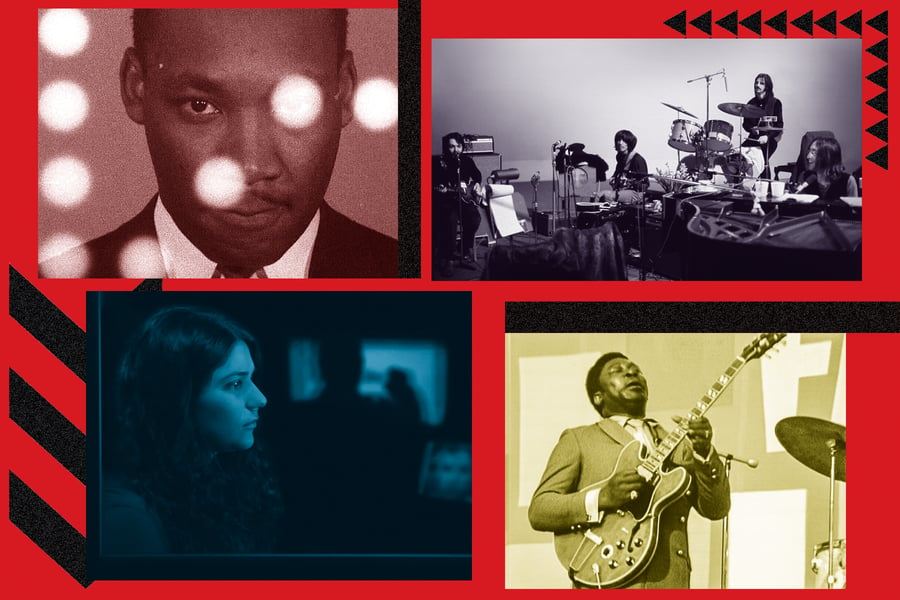The 10 Best Documentaries of 2021
From a host of legendary music docs to portraits of a still-in-progress pandemic and a Civil Rights leader’s persecution — the highlights of a banner year in nonfiction filmmaking

Photo Illustration by @photoeidtorjoe . Images in Illustration: HBOMax; Apple Corp/Disney+; Atzmor Productions; Searchlight Pictures
Gimme some truth, a wise man once said — and in 2021, documentaries did their damnedest to deliver exactly that in a variety of shapes, sizes and forms. Some of it came from straight reportage, tinged with personal touches. Other times, things veered a lot closer to what Werner Herzog memorably referred to as “ecstatic truth.” It was a very good year for nonfiction movies that utilized a host of creative tricks, in the name of both workarounds and wild, swing-for-the-fences conceptual gambles. (Dramatic recreations! Animated therapy sessions! Avant-garde split-screen-a-go-go!) It was a great year for music docs, with everyone from the Beatles to the Velvet Underground getting gamechanging looks back at their long and winding roads. And it was a banner year for documentarians using longform, multi-episodic storytelling to their advantage — you’ll notice that we’ve included two entries that are great examples of how TV docuseries have become such a vital part of our vérité-with-benefits diet.
Here’s our list of the 10 best documentaries we saw this year, from a portrait of a pandemic still-in-progress to a restored concert movie for the ages, an essay on the evils of colonialism to an examination of a Civil Rights leader’s persecution. (Shout-outs also to: The Rescue, Gunda, I Carry You With Me, State Funeral, The Truffle Hunters, Attica, Listening to Kenny G and Adam Curtis’ mind-blowing “emotional history of the modern world” Can’t Get You Out of My Head.)
From Rolling Stone US












































